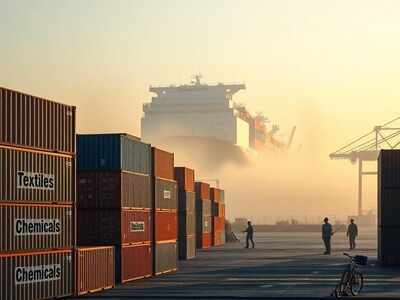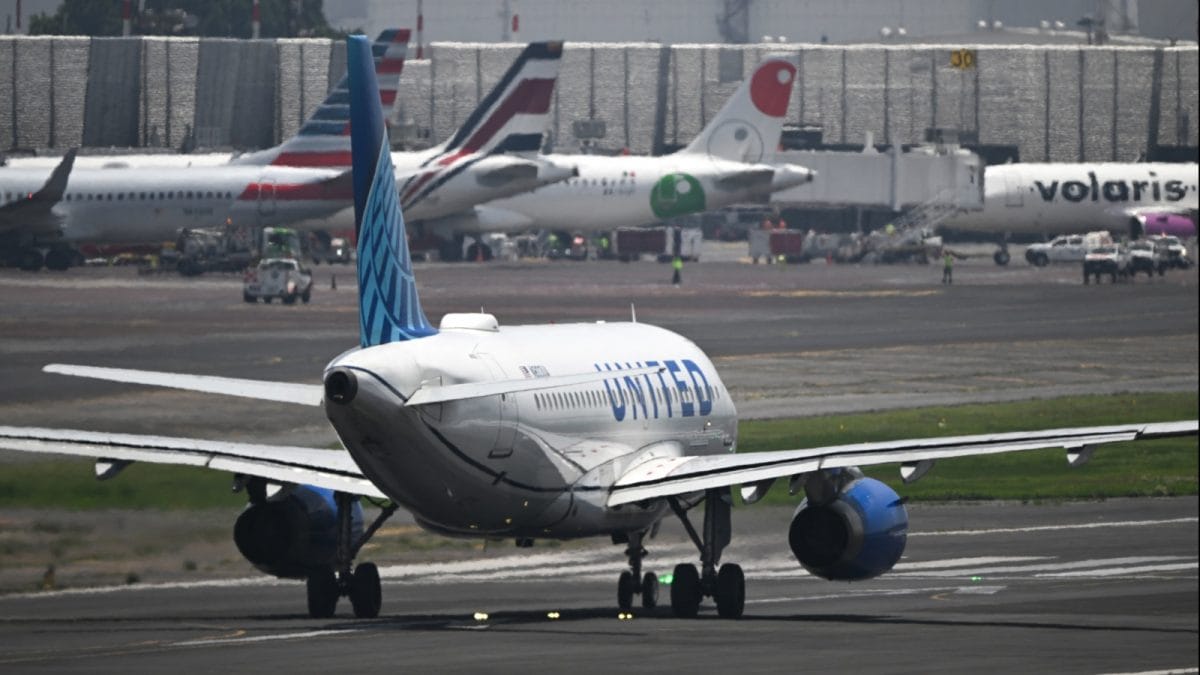ARTICLE AD BOX

Almost 70% of Indian goods exports to the US, or around $60.85 billion, are now facing a 50% tariff imposed by the US.An analysis by the Indian Council for Research on International Economic Relations (ICRIER) shows that the figures are just 1.56% of India’s GDP and 7.38% of its total exports and pose no catastrophe for a $3.9 trillion economy.The ICRIER report, Navigating Trump’s Tariff Blow, authored by Ashok Gulati, Sulakshana Rao, and Tanay Suntwal, warns that the burden is concentrated in labour-intensive and high-value industries such as textiles and apparel, gems and jewellery, auto parts, and agriculture – particularly shrimp."These sectors not only anchor the merchandise exports to the US but also directly affect employment generation and the livelihoods of millions of workers and farmers," the report stated as cited by ANI.The textiles and apparel sector, it noted, now faces a tariff disadvantage of over 30 percentage points compared with competitors such as Bangladesh, Pakistan, and Vietnam. Gems and jewellery exports worth $11.9 billion are under strain too, challenged by rival suppliers from Turkey, Vietnam, and Thailand. Auto parts, which account for 3% of India’s exports to the US, are similarly exposed. In agriculture, shrimp exports are expected to be the worst hit, with 50% tariffs adding to existing anti-dumping and countervailing duties.
Competing nations such as Ecuador, Indonesia, and Vietnam face lower barriers, giving them an edge in the US market."These are sectors where buyers can switch sourcing relatively quickly, which gives US importers bargaining power and weakens India’s negotiating position," the authors warned.Against this backdrop, ICRIER has advised a three-pronged strategy. "Firstly, smart negotiations with logic and rationality.
Secondly, announce immediate and targeted relief support to hard hit sectors, and last on high priority, diversify our export markets," it said.The report added, "The success of our leaders will be ensuring that short-term disruptions give way to long-term gains, reinforcing India's position as a trusted and indispensable player in the global economy."The tariff escalation comes after US President Donald Trump, who had initially imposed a 25% levy on Indian goods, doubled it within days citing India’s continued imports of Russian oil. Competitors enjoy much lower rates, with tariffs on Vietnam at 20%, Bangladesh at 18%, Indonesia, Malaysia and the Philippines at 19%, and Japan and South Korea at 15%, according to reports.Still, the US tariff regime spares pharmaceuticals, energy products, critical minerals, and semiconductors, areas where New Delhi has significant stakes.Over recent months, the two nations have been working towards an interim trade deal, though differences remain over Washington’s demands for wider access to India’s agriculture and dairy markets. Both sectors are politically and economically sensitive, as they sustain livelihoods for large populations in the country.Talks on a just, balanced and mutually beneficial Bilateral Trade Agreement (BTA) began in March, with the first stage scheduled for completion by October-November 2025.In Parliament’s ongoing Monsoon session, commerce and industry minister Piyush Goyal reassured lawmakers that the government is closely studying the impact and will “take all necessary steps to safeguard the national interest.”Meanwhile, the ministry of external affairs also defended oil imports from Russia, stressing they are vital for keeping energy costs predictable and affordable.The MEA added that targeting India was "unjustified and unreasonable". It said, "Like any major economy, India will take all necessary measures to safeguard its national interests and economic security."



.png)
.png)
.png)
















 1 hour ago
3
1 hour ago
3









 English (US) ·
English (US) ·